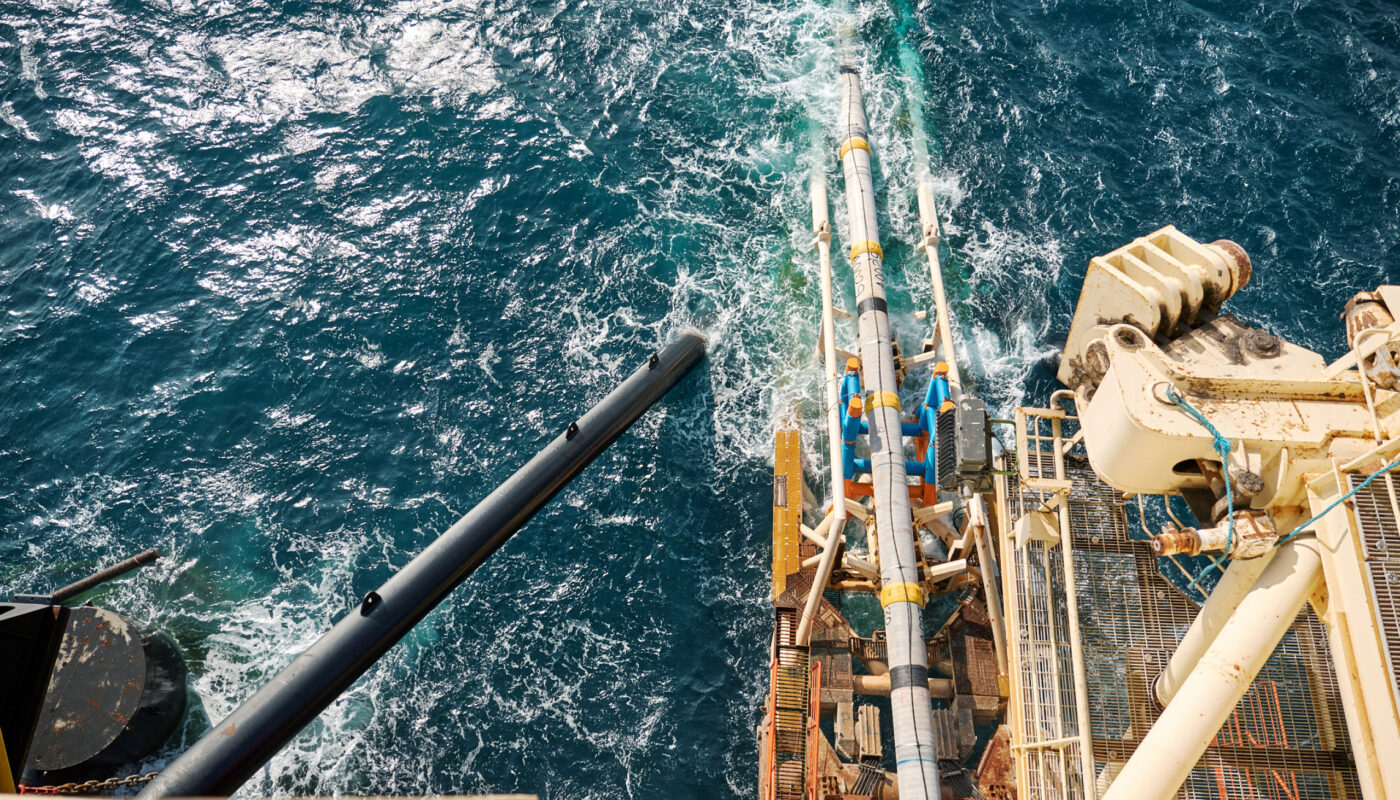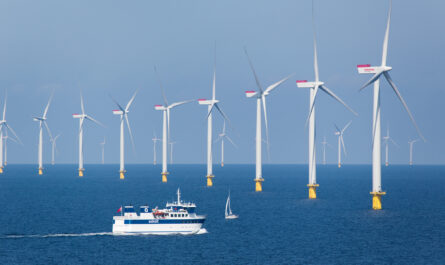Offshore pipelines play a vital role in transporting oil and natural gas from offshore oil rigs and platforms located in oceans and seas to onshore facilities for further processing and distribution. With increasing offshore oil and gas exploration and production activities, the network of offshore pipelines is growing rapidly across the world. These pipelines allow countries to access valuable energy resources located in offshore reserves and fuel their economic growth. However, they also pose technical challenges related to their planning, installation and maintenance in the harsh underwater environment.
Types of Offshore Pipelines
Offshore pipelines come in different types based on their application and location of operation:
– Export Pipelines: These large-diameter pipelines are used to transport crude oil and natural gas from offshore oil fields or platforms to onshore facilities. Some of the longest export pipelines can extend over hundreds of miles into shore.
– Flowlines: Shorter flowlines are used to connect individual oil wells to Offshore Pipeline platforms or equipment modules located nearby for oil and gas gathering.
– Riser Pipelines: Riser pipelines are used to connect subsea wells directly to oil terminals, tankers or floating production facilities on the surface. They consist of flexible sections as well as risers controlled with tension.
– Interfield Pipelines: These pipelines facilitate the transportation of hydrocarbons between different offshore oil fields located in proximity to each other.
Engineering Challenges in Offshore Pipeline Installation
Offshore pipelines require careful engineering to withstand the challenging marine environment during planning, installation and operation. Some of the key challenges include:
– Depth of Operation: Pipelines operating in deepwater environments of over 3000 feet require special materials, coatings and installation techniques to withstand high water pressure.
– Seabed Conditions: The type of seabed soil like rock, silt or clay determines pipelay techniques and protection measures against external corrosion, stability etc.
– Ocean Currents: Strong currents can impact pipelay works and also cause scouring, so scour protection is essential.
– Third Party Interference: Accidental anchors or fishing gear can cause damage, so pipelines are buried where feasible.
– Flexible versus Rigid Design: Deeper sections may require more flexible pipe while shallower sections use rigid pipe.
– Corrosion Protection: Coatings, cathodic protection and monitoring systems are vital to protect against corrosion in the marine environment.
With advanced technologies, contractors have successfully installed pipelines across difficult terrains and extreme depths up to 3,000 meters. However, operating and maintaining these assets safely remains an ongoing challenge.
Pipeline Repair and Maintenance Challenges
Keeping offshore pipelines functional over decades involves periodic inspection, maintenance and repair works which are risky and expensive due to the offshore environment:
– Pipeline Integrity Management: Sophisticated inspection tools are used to internally inspect pipelines at regular intervals to detect corrosion, cracks or other defects.
– Repair of Defects: Remotely operated vehicles (ROVs) with tooling perform hot tapping, mechanical clamping, welding or sleeve replacement to fix defects on live pipelines.
– Cathodic Protection Repairs: Surveys locate faults in the cathodic protection system which protects pipelines from corrosion through an electric current.
– Depth Considerations: Repairs and maintenance in ultra-deep waters pose unique technical difficulties compared to shallower pipelines.
– Adverse Weather Delays: Storms and high seas often delay inspection and repair works, increasing costs and risk exposure substantially.
– Rig Mobilization Costs: The heavy infrastructure needed for offshore support like rigs, vessels, ROVs makes repairs an expensive undertaking.
With proactive inspection protocols and technologies that enable intervention, operators now have better control over the integrity of offshore pipeline networks critical to global oil and gas supply. However, these complex repair operations in remote offshore environments will continue to present economic and safety challenges into the future.
Offshore Pipelines – Enabling Secure Energy Supplies
Despite challenging conditions, offshore pipelines have reliably served the task of transporting millions of barrels of oil and cubic feet of gas from offshore reserves daily over many decades. They constitute a vital part of global energy infrastructure:
– Secure Supply Routes: Pipelines provide capacity to transport large volumes of hydrocarbons with maximum efficiency compared to shipping alternatives.
– Economic Viability: Once installed, pipelines can deliver energy at low operating costs compared to production facilities closer to shore.
– Reach to New Frontiers: They facilitate offshore production from reservoirs further offshore in deeper waters which has boosted global reserves.
– Reduced Emissions: Pipelines transport oil and gas with lower emissions compared to larger tankers, trucks or ships.
– Infrastructure Investments: Further offshore pipeline projects will attract billions in capital investments that support important energy and construction jobs.
With continued engineering innovations and safety practices, new pipeline capacities can sustain growing global demand for energy in the coming decades while prioritizing the integrity of offshore operations and environmental protection.
As offshore oil and gas extraction moves to deeper waters worldwide, underwater pipelines will remain absolutely critical to enabling long-term, reliable and secure energy supplies to economies around the world through the transportation of hydrocarbons from offshore fields located further offshore and in deeper waters. Their planning, installation and maintenance continue to present exciting technical challenges for the global energy industry.
*Note:
1. Source: Coherent Market Insights, Public sources, Desk research
2. We have leveraged AI tools to mine information and compile it


